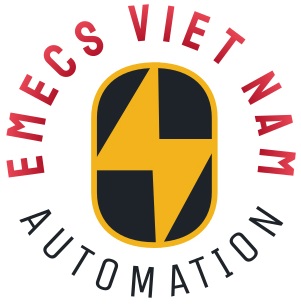Mô đun AB 1771-ACN , PLC 5 I/O Adaptor Module , 5 Watts , 17.06 BTU/hr
AB 1771-ACN , PLC 5 I/O Adaptor Module , 5 Watts , 17.06 BTU/Hr
for 1771-ACN
| Manufacturer | Rockwell Automation |
| Brand | AB |
| Part Number/Catalog No. | 1771-ACN |
| Module Type | I/O Adaptor Module |
| Power Dissipation | 5 Watts |
| Backplane Current (at 5 Volts) | 1.0 Amperes |
| Thermal Dissipation | 17.06 BTU/hr |
| Upper Connector Keying | 54-56 |
| Lower Connector Keying | 16-18 |
| Operating Temperature | 32-140 F (0-60 C) |
| Storage Temperature | -40-185 F (-40-85 C) |
| Dimensions | 12.4 x 7.6 x 24.0 in (315 x 193 x 610 mm) |
| Weight | 14.8 lbs (7.7 kg) |
| Location | Stand-Alone |
| Dimensions | 3.5 x 6.5 x 2.0 in (89 x 165 x 51 mm) |
| UPC | 10612598138958 |
About 1771-ACN
The AB 1771-ACN is a communication module used to control the 1771 remote I/O on a ControlNet network. This particular network allows AB products to communicate with certified third-party products. The 1771-ACN is compatible with both the PLC-5/20C and PLC-5/40C processors. The 1771-ACN is like the 1771-ACNR, as they both have a status display, Network Access Port (NAP), ControlNet status indicators, module net address switch assemblies placed on top of the modules, and a communication reset button. The difference lies in the ControlNet connectors – the 1771-ACN only has one but two are available on the 1771-ACNR.
A 1.0A at 5V dc backplane current is a requirement for installing this ControlNet adapter module. When installing, the module needs to be in the leftmost slot of the I/O chassis. This is because the backplane connectors are designed to accept only one kind of module. The keying bands also need to be between 54 and 56 on the upper connector and between 16 and 18 on the lower connector. When inserting or removing keys, make sure to do so only with your fingers and that the key placement is correct. After installation, you can connect the 1771-ACN using taps to the ControlNet network. It is important that only AB taps be used for this to avoid issues. With the 1771-ACN, users can expect transfers of time-critical and non-time-critical data at high speeds (either discrete or non-discrete), local communication network access through the network access port (NAP), and diagnostic messages.


